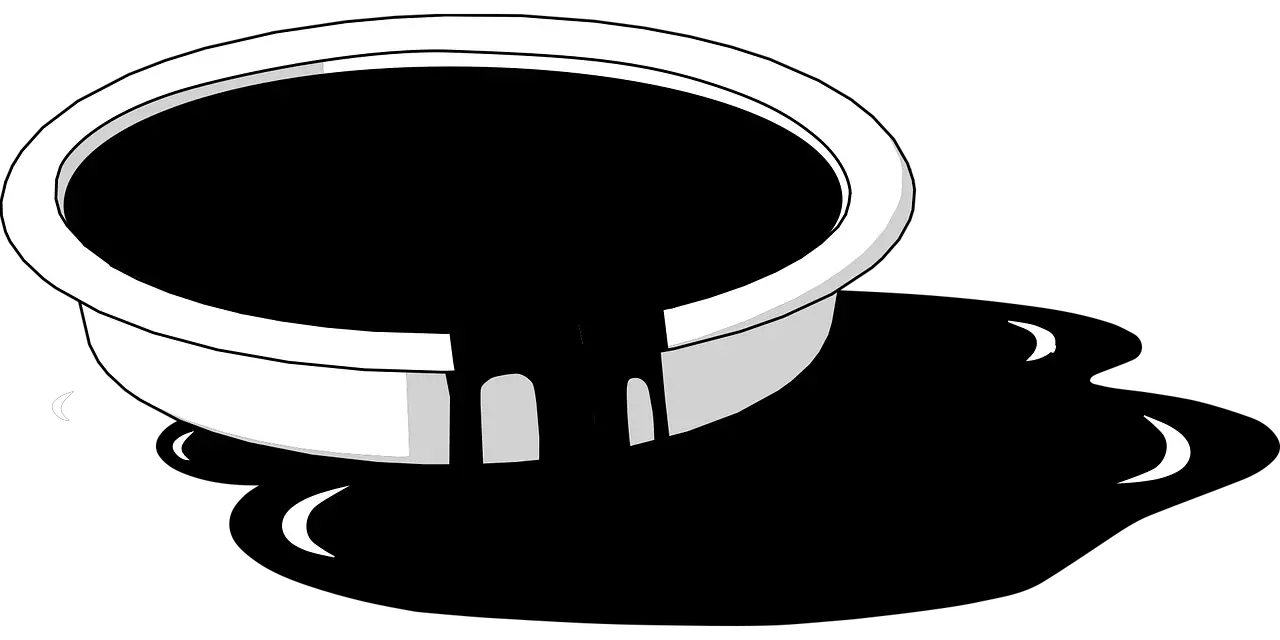Oil absorbent pads, otherwise known as oil absorbs are helpful when changing engine oil or fueling outboard, inboard, gas, and diesel marine motors. Boat ownership percentages are high in Georgia, South Carolina, and North Carolina, and therefore a significant number of engine and gear oil changes are performed annually. Here are 5 things you need to know about oil absorbent pads for your next oil change or refueling.
What Are Oil Absorbent Pads
Absorbent pads are as they sound. They serve the purpose of absorbing oil rather than having it disperse along the vessel’s ground or floor and bilge.
Oil absorbers are square in shape and white in color. The absorbs are intentionally white to identify the type of fluid being absorbed and how quickly it becomes saturated.
Oil absorbers are sold boxed, allowing users to grab as needed during routine maintenance. Absorbers can become saturated with oil and fluid as they are made from surfactant-treated polypropylene.
Do Oil Absorbent Pads Work
Oil absorbers are highly effective at absorbing oil and fuel and are a must when topping tanks, changing gear case oil, or draining engine oil.
We recommend utilizing the pads to prevent oil and fuel from staining concrete, the bilge, and engine room floors when performing maintenance. Unfortunately, oil buckets spill, drain pans become overfilled, and fuel spits when pressing tanks. The clean-up time is more than doubled without absorbs but instead rags and soaps. We highly recommend using a bilge oil absorber.
How Do Oil Absorbent Pads Work
Due to the surfactant in combination with polypropylene, the two absorb liquids similar to a sponge.
An oil absorber soaks in up to 15 ounces of liquid when it comes to measurements. However, keep in mind that just one quart of oil measures 32 ounces. Always keep extra oil absorbs on hand in the situation of an unexpected spill.
Fueling
When making long journeys by boat, maximizing fuel load is critical. When pressing a tank ensure to keep absorbs on hand.
As the tank becomes filled, air pockets form, and when they find their way to the opening, it is not uncommon for fuel to become airborne.
To prevent fuel from spitting while fueling, wrap the absorb around the nozzle of the hose and the opening to the tank where the fuel is being received.
Lastly, once the tank is approaching full, reduce the flow rate. When the flow rate is not reduced, fuel spills up and over. React quickly by placing absorbs where the fuel pools.
Engine Oil Changes/Gear Oil Changes
Engine oil and gear oil changes differ from inboard to outboard engines. Inboard oil changes are completed within engine rooms compared to outboards while standing flat on the ground or on a ladder.
In engine rooms, place oil absorbs on the surface below to catch drips and spills while keeping extras on hand in the event of an untended spill.
Outboards are prone to dripping on the concrete below. Place oil absorbent pads on the ground beneath the engine and beneath the cowling adjacent to the oil drain and fill. Again keep extra motor oil absorbent pads on hand in addition to a plastic trash bag. Keep in mind that these are the same as diesel absorbent pads.
Why Would You Use Oil Absorbent Pads
You would use oil and fuel absorbent pads because they are explicitly intended to soak up the two liquids. Both fuel spill absorbent pads and oil absorbent pads are the same.
While shop rags are also capable of soaking oils and fuels, they are not nearly as efficient. Due to the inefficiency, they push liquids instead of pulling them up from the floor, concrete, or bilge.
We recommend buying oil soak pads and keeping them on hand when performing mechanical duties. Check out the Zep Extra Large Rapid Sorb Pads. The box contains 100 15” by 19” absorbers. This container will keep the boater prepared for expected and unexpected maintenance.
How Do You Handle And Dispose Of Oil Absorbent Pads
Like having oil absorbers on hand, we recommend keeping a large trash bag equally close. Always when coming in contact with oil or fuel, wear latex gloves. Landfills accept saturated oil absorbs so long as they are not dripping liquid.
The process of how to dispose of oil absorbent pads is as follows. Once the engine work is completed, place gloves and oil absorbent pads for boats in a plastic bag. Tie the bag off before setting in the garbage can.
Now You Know The Benefits Of Oil Absorbent Pads
The next time you’re performing maintenance to marine engine fluids, keep oil absorbing pads on hand. Oil absorbers reduce messes and quickly soak up oil and fuel in the event of an accidental spill. We recommend keeping a few extra on hand. The small investment saves headaches.






